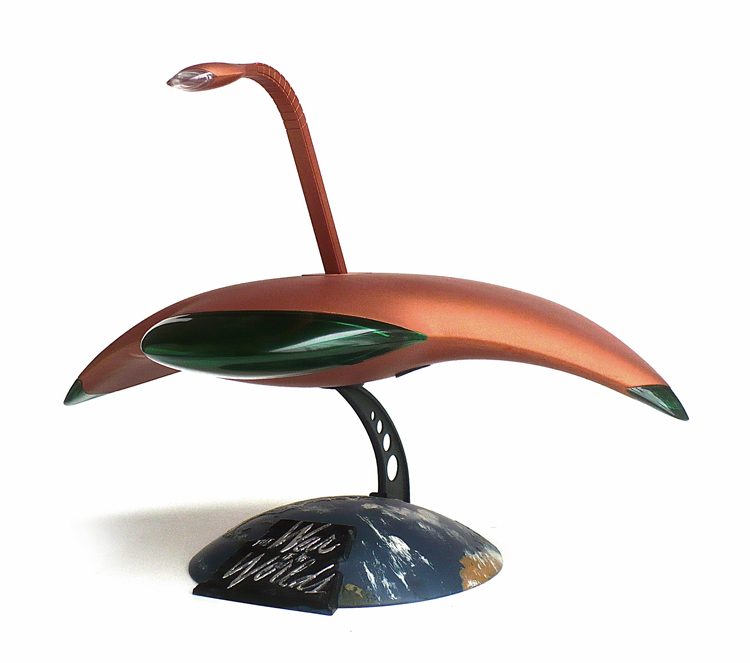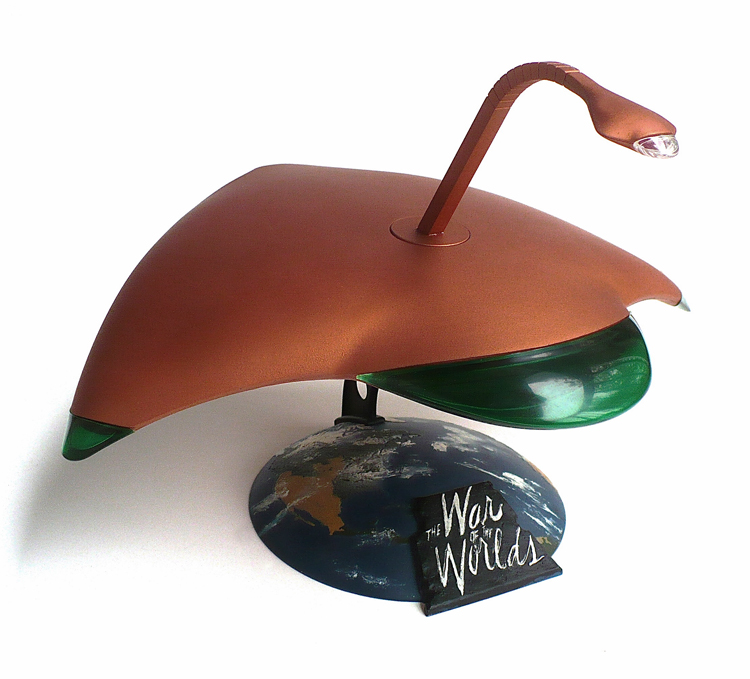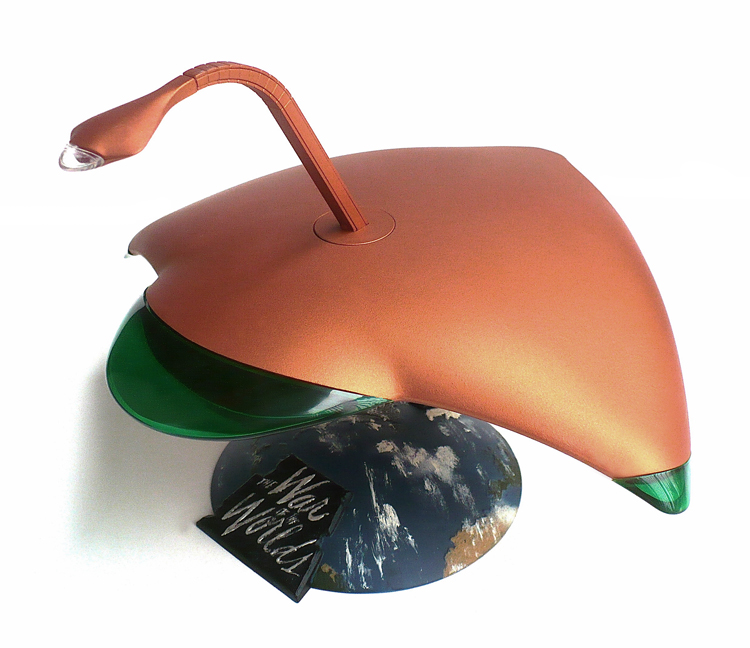Here are some images of Pegasus models 1/48 scale Martian War Machine.
The most difficult thing about this model was the stand. Still I feel
any Sci Fi model builder worth his salt should have one in his
collection. Plus at around $20 Cdn it's a great deal.
From Wikipedia"
The War of the Worlds (also known promotionally as H. G. Wells' The War of the Worlds) is a 1953 Paramount Pictures Technicolor science fiction film starring Gene Barry and Ann Robinson. It is a loose adaptation of the H. G. Wells classic novel of the same name, and the first of a number of film adaptations based on Wells' novel. Produced by George Pal and directed by Byron Haskin from a script by Barré Lyndon,
it was the first of two adaptations of Wells' work to be filmed by Pal,
and is considered to be one of the great science fiction films of the
1950s. It won an Oscar for its special effects and was later selected for inclusion in the National Film Registry of the Library of Congress.
An effort was made to avoid the stereotypical flying saucer look of UFOs: The Martian war machines (designed by Al Nozaki) were instead made to be sinister-looking machines shaped like manta rays
floating above the ground. Three Martian war machine props were made
out of copper for the film. The same blueprints were used a decade later
to construct the alien spacecraft in the film Robinson Crusoe on Mars, also directed by Byron Haskin; that film prop was later reported melted down as part of a scrap copper recycling drive. (The model the late Forrest Ackerman had in his massive, now dispersed Los Angeles science fiction collection was a replica made using the Robinson Crusoe on Mars blueprints; it was constructed by friends Paul and Larry Brooks.)
Each Martian machine was topped with an articulated metal neck/arm, culminating in the cobra-like head, housing a single electronic eye that operated both like a periscope
and as a weapon. The electronic eye also housed the Martian heat ray,
which pulsed and fired red sparking beams, all accompanied by thrumming
and a high-pitched clattering shriek when the ray was used. The
distinctive sound effect
of the weapon was created by an orchestra performing a written score,
mainly through the use of violins and cellos. For many years, it was
utilized as a standard ray-gun sound on children's television shows and
the science-fiction anthology series The Outer Limits, particularly in the episode "The Children of Spider County".
The machines also fired a green ray (referred to as a skeleton beam)
from their wingtips, generating a distinctive sound, also disintegrating
their targets, notably people; this second weapon is a replacement for
the chemical weapon black smoke described in Wells' novel. This weapon's sound effect (created by striking a high tension cable with a hammer) was reused in Star Trek: The Original Series, accompanying the launch of photon torpedos. Another prominent sound effect was a chattering, synthesized echo, perhaps representing some kind of Martian sonar; it can be described as sounding like hissing electronic rattlesnakes.
The disintegration effect took 144 separate matte paintings to
create. The sound effects of the war machines' heat rays firing were
created by mixing the sound of three electric guitars
being recorded backwards. The Martian's scream in the farmhouse ruins
was created by mixing the sound of a microphone scraping along dry ice
being combined with a woman's recorded scream and then reverse-played
for the sound effect mix.
There were many problems trying to create the walking tripods
of Wells' novel. It was eventually decided to make the Martian machines
appear to float in the air on three invisible legs. To show their
existence, subtle special effects downward lights were to be added
directly under the moving war machines; however, in the final film,
these only appear when one of the first machines can be seen rising from
the Martian's landing site. It proved too difficult to mark out the
invisible legs when smoke and other effects had to be seen beneath the
machines, and the effect used to create them also created a major fire
hazard. In all of the subsequent scenes, however, the three invisible
leg beams create small, sparking fires where they touch the ground.







No comments:
Post a Comment